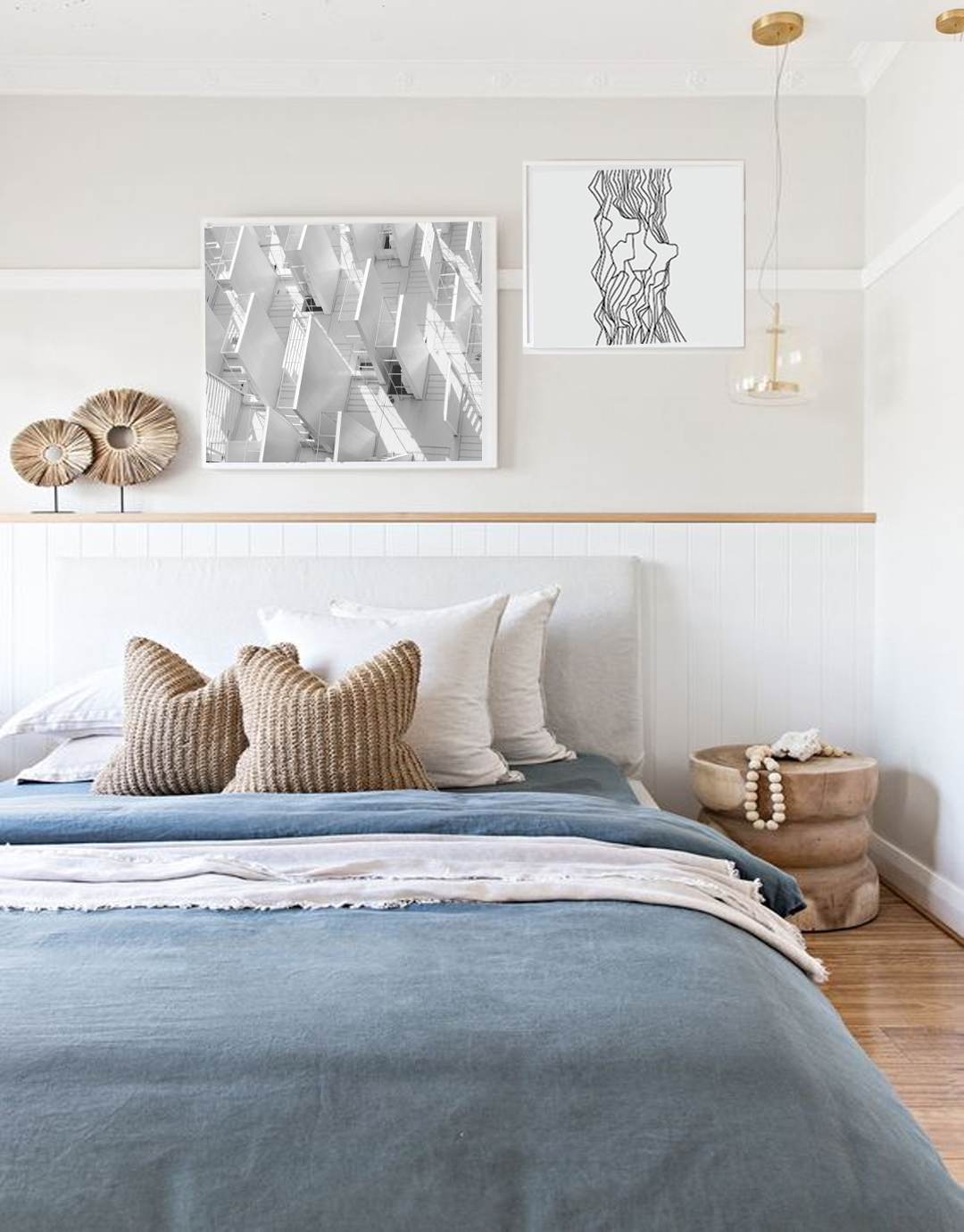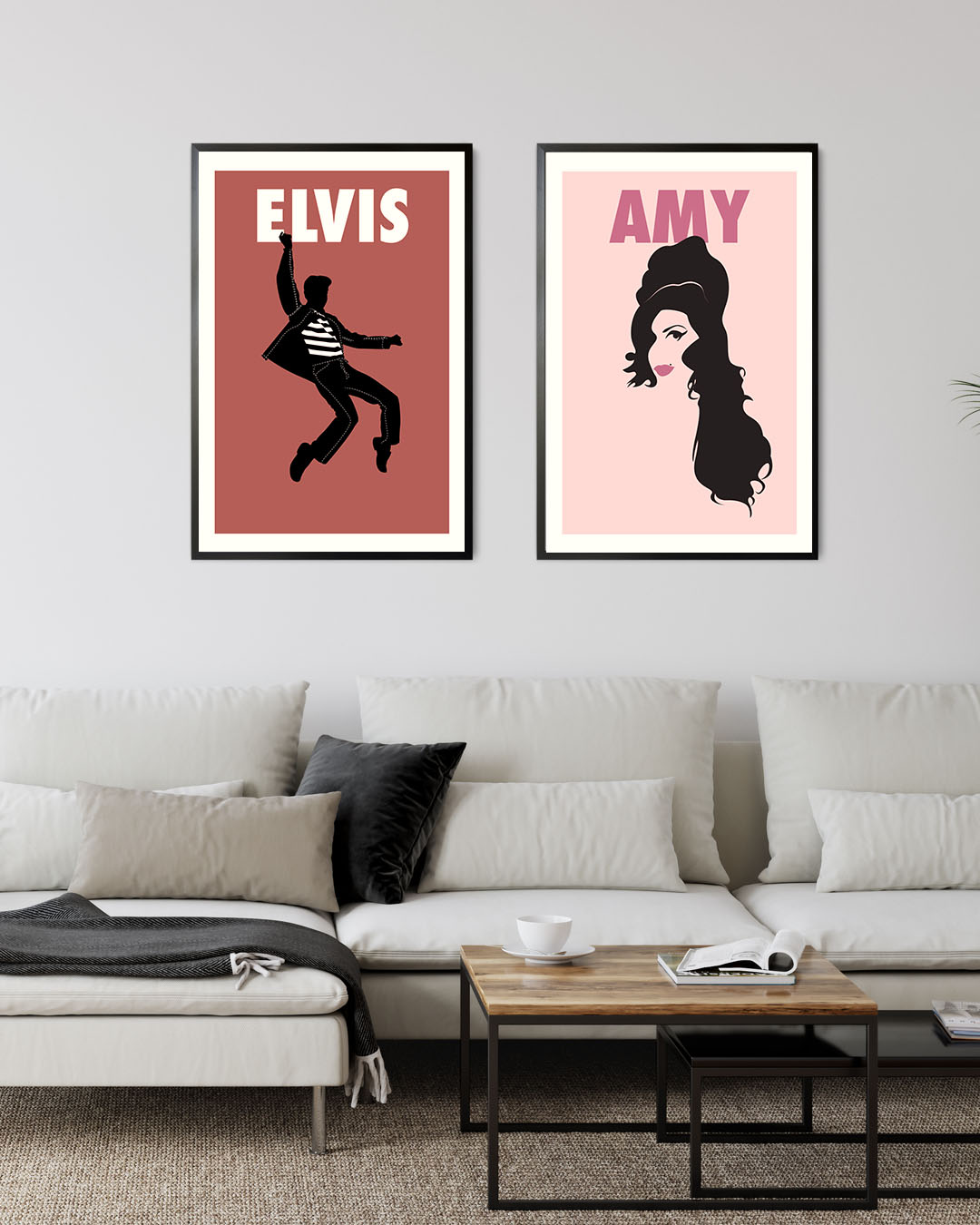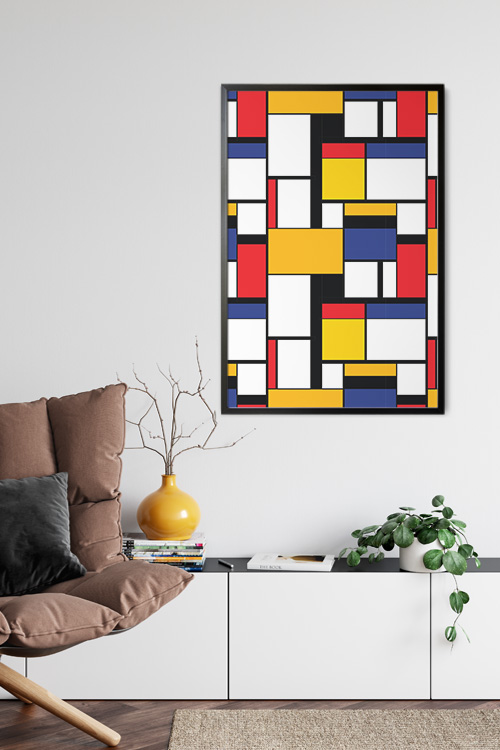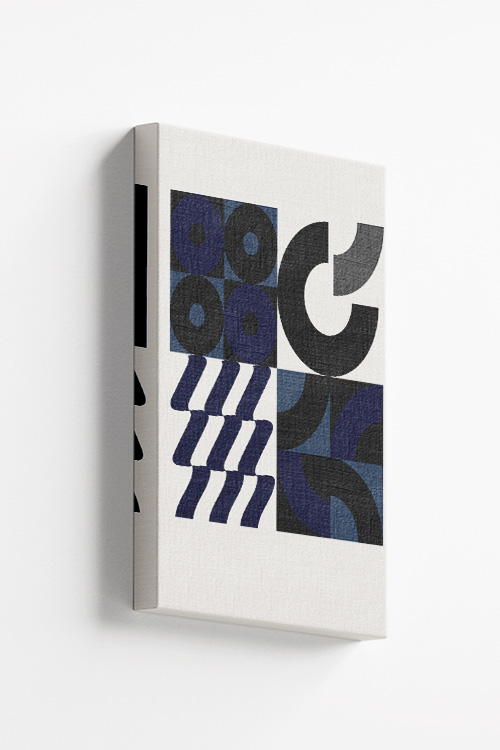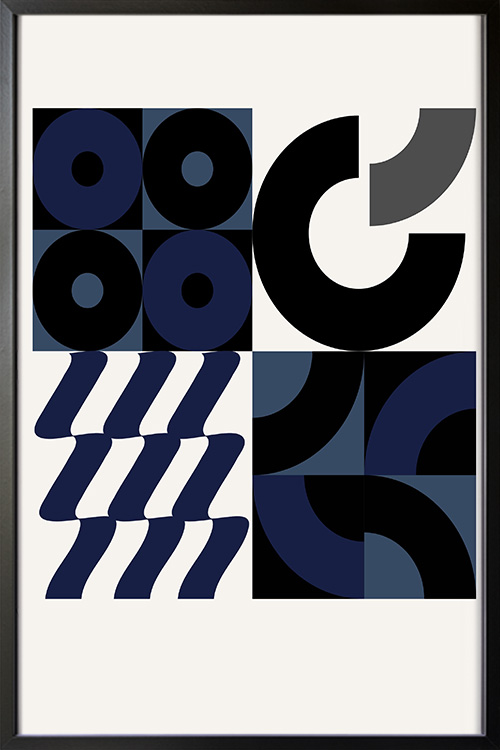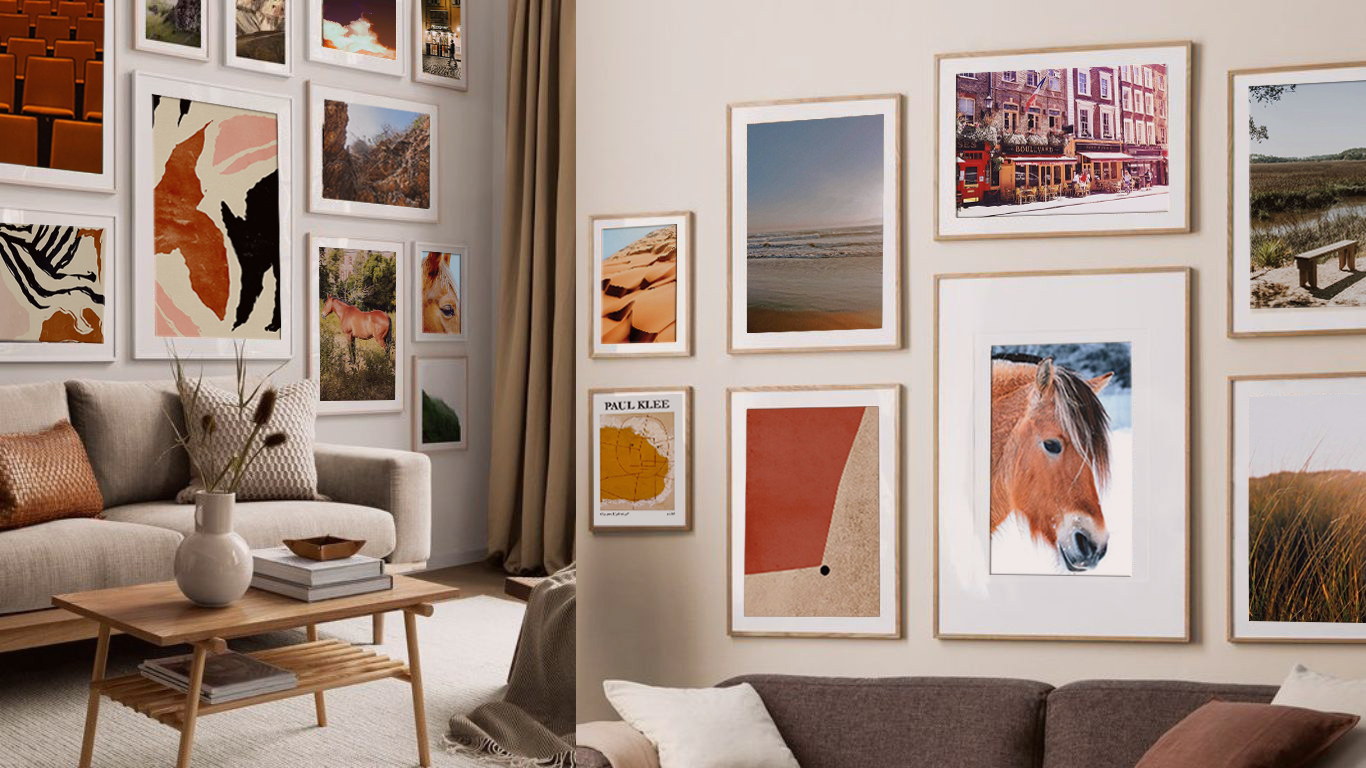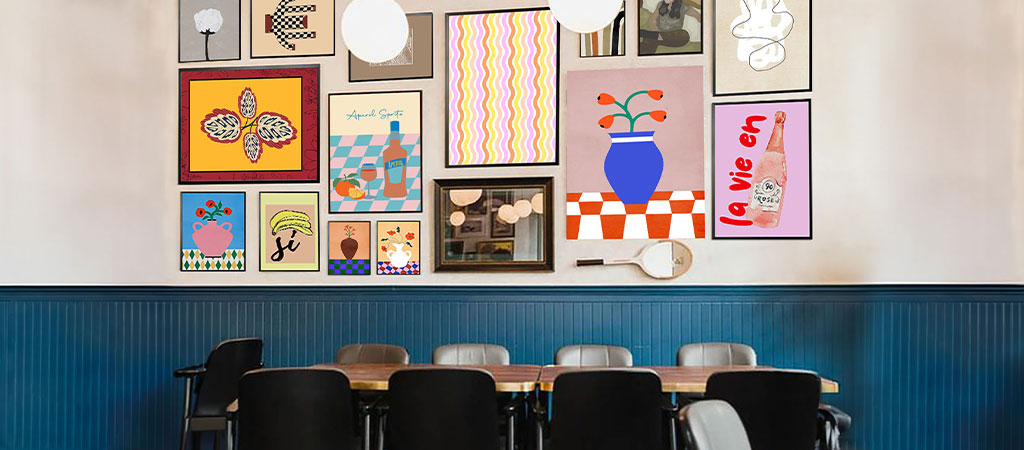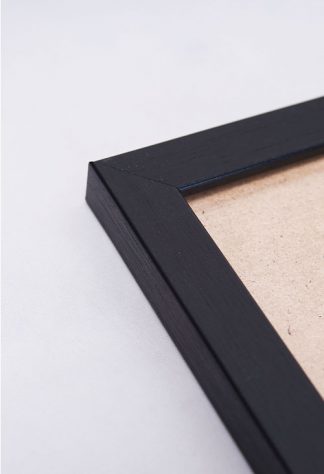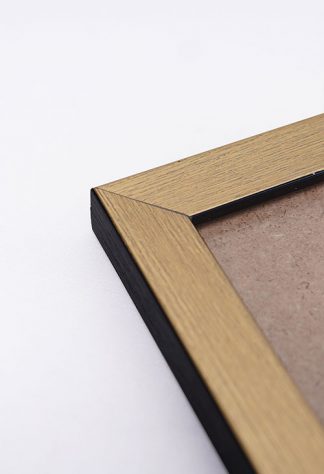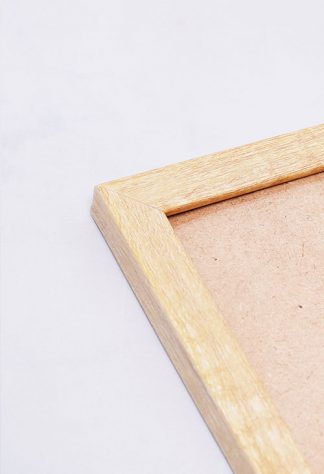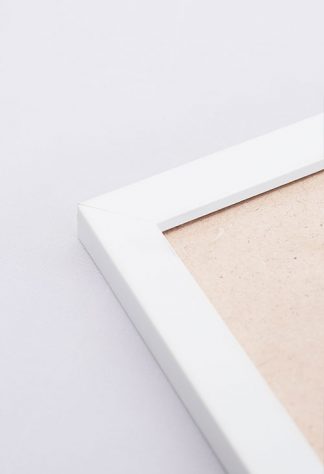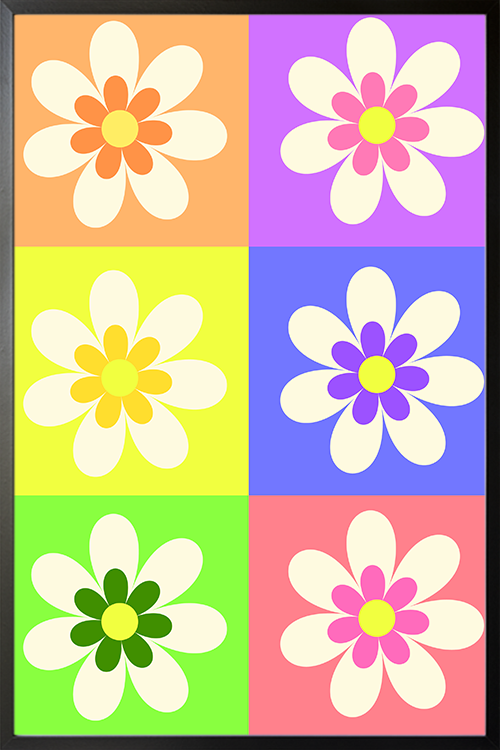
Adding bold patterns to home decor can add personality, depth, and visual interest to any space. Whether through wallpaper, furniture, rugs, or accessories, bold patterns bring energy and uniqueness to a room. However, using them effectively requires balance and thoughtful execution to avoid overwhelming the space. Here are some ideas for incorporating bold patterns into your home design quickly.
Start Small with Accents
If you’re new to using bold patterns, start with more minor elements like throw pillows, curtains, or rugs. These accents introduce a pattern without dominating the space. A geometric-print rug or floral-patterned cushions can instantly enhance a neutral room while maintaining flexibility for future changes.
Choose a Focal Point
Bold patterns are best used as a focal point to draw attention without overpowering the space. For instance, a statement wall with patterned wallpaper, a boldly upholstered sofa, or a striking area rug can serve as the centerpiece. At the same time, the rest of the room remains relatively subdued.
Mix Patterns with Intention
Mixing different patterns can create an eclectic and dynamic look, and it’s an opportunity to unleash your creativity. Stick to a standard color palette to unify various patterns. For example, pairing stripes with florals or geometric prints with abstract designs works well when they share complementary tones. Varying pattern scales, which means combining large-scale prints with smaller ones, can create a balanced composition. For instance, a large floral print on a sofa can be balanced with smaller geometric prints on throw pillows.
Use Neutrals to Balance Bold Patterns
To prevent bold patterns from feeling overwhelming, balance them with neutral or solid-colored elements. If you have patterned wallpaper, consider neutral-colored furniture to ground the space. Likewise, if your sofa features a bold print, opt for understated walls and flooring. The key is allowing the pattern to shine without competing with other design elements.
Consider the Mood and Style
Different patterns evoke different moods. For example, floral and botanical prints create a soft, organic feel, while geometric and abstract patterns lend a modern, energetic touch. Consider the atmosphere you want to achieve in each room. Soothing patterns like soft waves or subtle damask prints work well in a bedroom, whereas a living room may benefit from more vibrant, playful designs.
Use Patterns in Unexpected Places
Bold patterns don’t have to be limited to textiles and walls. Consider incorporating them in unexpected areas such as ceilings, stair risers, or kitchen backsplashes. A patterned tile backsplash can charm a kitchen, while a graphic ceiling design can create an unexpected wow factor. This adventurous use of patterns can truly transform a space and make it uniquely yours.
Layer with Texture for Depth
To prevent a bold pattern from feeling flat, layer it with different textures. Pair a patterned velvet chair with a linen throw, or combine a busy wallpaper with a wood or stone accent. This layering technique adds depth and prevents the space from feeling too chaotic.
In a Nutshell
Using bold patterns in home décor is an exciting way to bring personality and style to a space. You can create a stylish and well-coordinated interior by starting small, balancing with neutrals, mixing patterns carefully, and considering textures. Whether you prefer dramatic wallpaper, playful textiles, or striking tiles, bold patterns can make your home feel more dynamic and uniquely yours. The potential of bold patterns is truly thrilling, offering endless possibilities for creating a space that reflects your personality and style.
